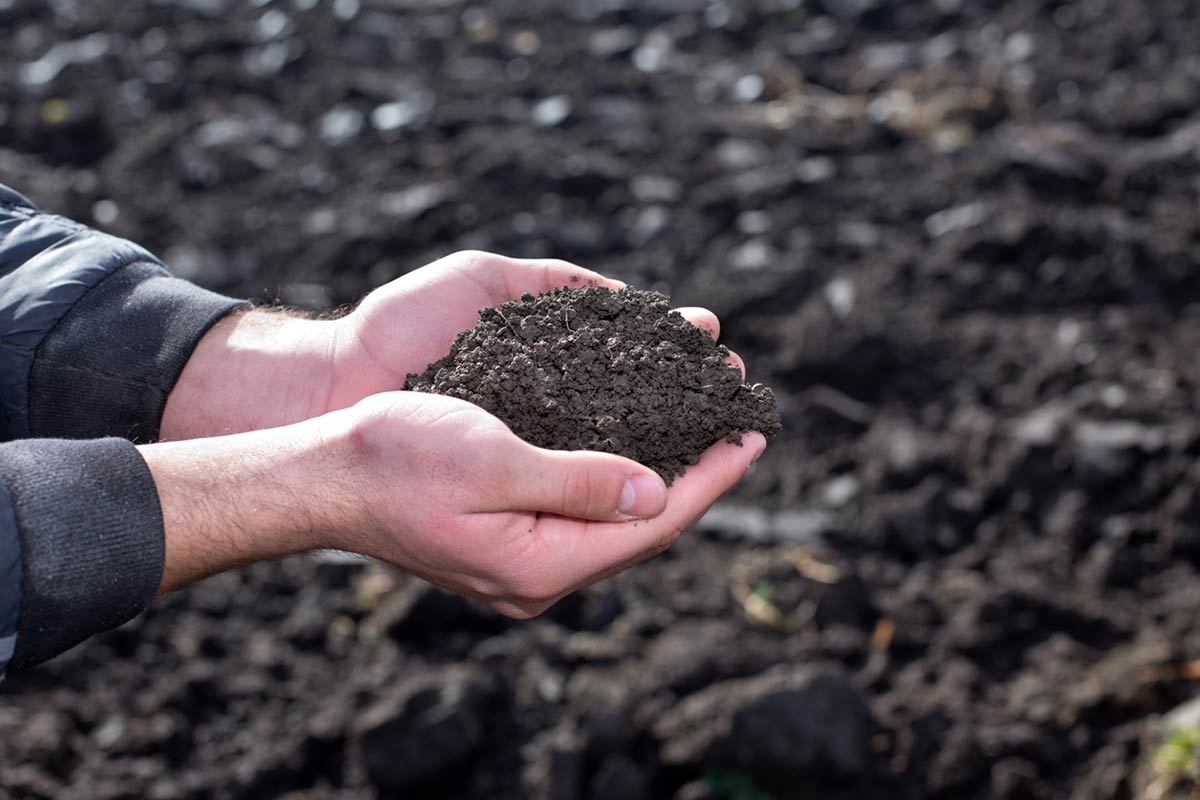Knowing what they are and how to evaluate and accommodate for them are critical to keeping workers safe.

Trenching is one of the most dangerous practices that you can engage in within the construction industry. Trenching is a way to build a structure to ensure the integrity of a worksite that may not be stable. There are many things that you have to take into consideration when devising the best trenching practices. One that might seem like the most benign, but it’s one of the most critical: being able to evaluate and accommodate various types of soil conditions.
Since your trench will rely on how well it holds up the surface around the worksite, things like soil type, the moisture that it retains, and the type of composition it contains should all help to determine the best way to shore things up to keep everyone safe.
There are many stresses that can be placed on the soil at a trenching site. Knowing what they are and how to evaluate and accommodate for them are critical to building the safest trenching operation possible.
Stable Rock
Stable rock soil conditions exist when there is natural mineral matter that can be extracted with both sides exposed. Examples of stable rock are sandstone and granite. Although it’s more difficult to crack, once you have a trenching site comprised of stable rock you have more stability, and it is impervious to weather conditions and cracks.
Type A Soils
Type A soils are unconfined and have a compressive strength of 1.5 tons per square foot or more. Things like clay, clay loam, sandy clay, or silty clay are examples of type A soil. It’s not impervious to water conditions, so weather and running water need to be accommodated for when trenching in type A soils.
Type B Soils
Type B soils are unconfined and have a strength of more than 0.5 but less than 1.5 per square foot. Examples of type B soils are silt loam and angular gravel. As they are more unstable than other types of soil, water and weather conditions definitely need to be factored in for safety.
Type C Soils
Type C soils are unconfined soils that have the strength of less than 0.5 per square foot or less. They are gradual in nature and pose the biggest threat of danger in a trenching site. They are the most unstable, so if you are trenching in type C soils you will need to either dig deeper, slope horizontally or vertically, and anticipate weather or water changes.
Layered Geological Strata
If you are dealing with soil that is geologically altered, then you have to take into account the various levels of soil and accommodate accordingly. Dealing with layered geological strata creates a highly complex trenching site, and there are many conditions to consider.
St. Louis Trench Shoring
Trenching is an extremely dangerous part of the construction industry and it’s heavily guided by the conditions that surround the work site. Chief among those concerns are the type of soil and how weather and other conditions will affect its integrity. If you are designing a trenching operation, it is imperative to get the help of a professional St. Louis trenching and shoring professional to ensure that you are taking soil and all other things into consideration.
